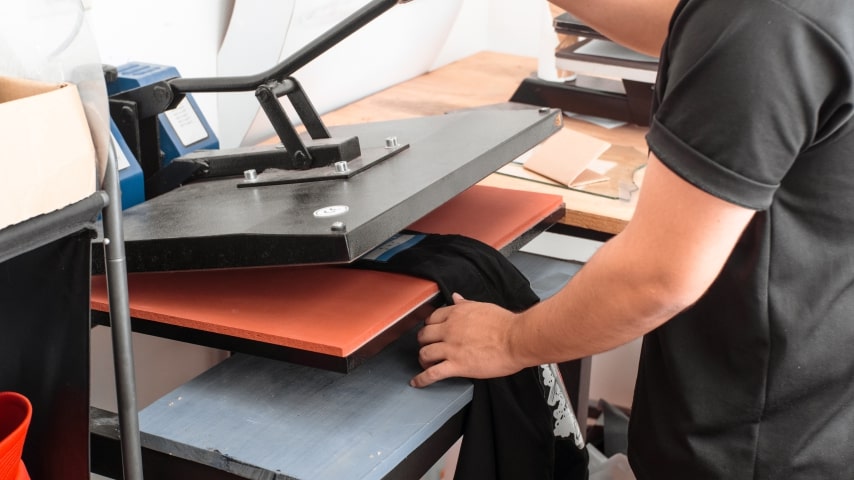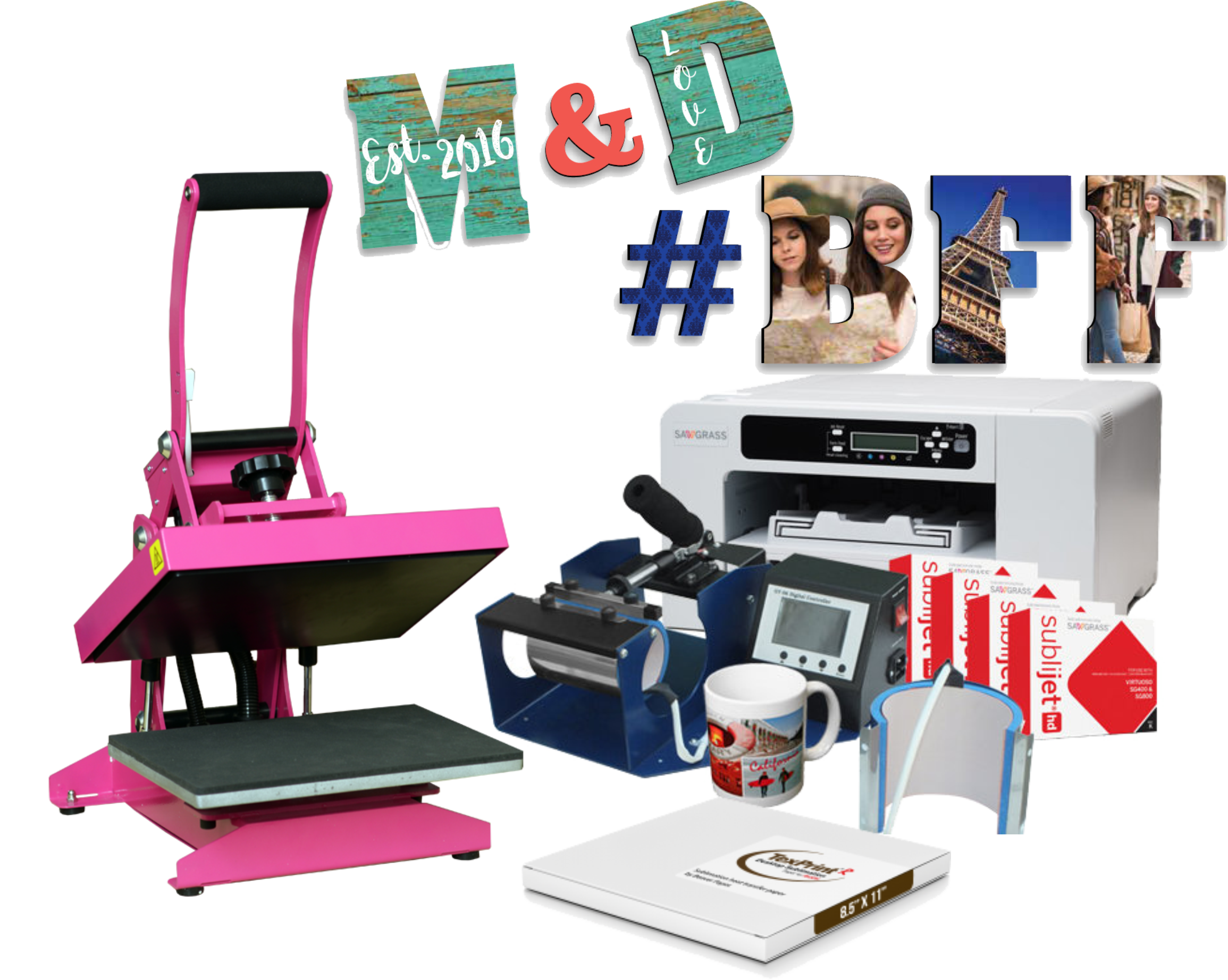Discovering the Advantages of Sublimation Printing for High-Quality Fabrics
Discovering the Advantages of Sublimation Printing for High-Quality Fabrics
Blog Article
Technologies in DTF Printing: Exactly How It's Changing the Industry
The textile printing market is undergoing a substantial makeover, driven by the innovative advancements in Direct-to-Film (DTF) modern technology. These innovations are not just enhancing print high quality and convenience but additionally enhancing the entire printing process. With exceptional ink solutions, improved film and glue technologies, and the combination of automation, DTF printing offers vivid, long lasting prints on a selection of fabrics, meeting the increasing need for customization. As organizations look for much more reliable and ecologically friendly options, the implications of these developments call for a closer examination into just how they are shaping the future of fabric printing.
Advancements in DTF Innovation
Progressing quickly, DTF (Direct-to-Film) printing technology has actually gone through considerable enhancements that are reinventing the fabric market. One of the most noteworthy innovations is the enhancement in print high quality. Modern DTF printers use sophisticated ink formulations that lead to lively, long lasting prints with high resolution and color accuracy. These inks are especially crafted for compatibility with different fabric types, making sure consistent quality regardless of the material.

Furthermore, innovations in movie and glue innovations have improved the total application process. New films use much better elasticity and attachment, enhancing the toughness and washability of the printed designs - Branded clothing. This guarantees that the prints maintain their integrity and vibrancy even after multiple washes
Last but not least, environmental considerations have triggered the development of green DTF options. Makers are significantly adopting sustainable methods, such as making use of water-based inks and recyclable movies, lining up with global efforts to lower the sector's eco-friendly footprint.
Benefits Over Traditional Techniques
When contrasting DTF printing to traditional techniques such as display printing and direct-to-garment (DTG) printing, a number of distinctive benefits emerge. screen printing. One of the most substantial benefits is its versatility in fabric compatibility. Unlike display printing, which commonly needs particular material kinds, DTF printing can be related to a wider series of materials, consisting of cotton, polyester, and blends, without endangering print quality
Another notable benefit is cost-effectiveness, especially for tiny to medium-sized orders. Typical display printing becomes economically feasible just at higher quantities because of the setup costs included. On the other hand, DTF printing gets rid of these arrangement expenditures, making it more inexpensive for smaller sets and one-off designs.
In addition, DTF printing stands out in sturdiness and washability. Additionally, DTF printing uses faster turnaround times.

Improved Design Abilities
DTF printing supplies improved layout capacities that set it apart from standard printing approaches. The process involves publishing a design onto an unique film, which is after that transferred to textile.
Furthermore, DTF printing supports a broad selection of materials, including cotton, polyester, blends, and even non-textile substratums. This adaptability opens up doors for innovative applications in varied sectors such as fashion, home design, and marketing items. Unlike display printing, which can be restricting due to color splitting up Your Domain Name and stencil production, DTF printing simplifies the process, making photo-realistic and multi-color styles a lot more available.
Furthermore, DTF printing masters achieving constant color accuracy and vibrancy. This is important for brand uniformity and conference consumer expectations. The technology likewise supports unique impacts, such as glow-in-the-dark aspects and metallic coatings, further increasing artistic opportunities. Essentially, DTF printing equips developers to push the boundaries of imagination, supplying visually stunning outcomes that were previously unattainable.
Cost and Time Efficiency
One of the noteworthy benefits of DTF printing exists in its expense and time performance, making it a favored option for several businesses. Unlike traditional techniques that call for significant investment in displays and setup times, DTF printing allows for straight application onto various materials with very little preparation.
Additionally, DTF printing succeeds in producing brief runs and custom-made orders cost-effectively. The ability to create premium prints without the requirement for big quantity commitments minimizes waste and maximizes source allowance. This adaptability is particularly advantageous for little Find Out More services and startups that might not have the resources to spend in massive manufacturing runs.
In terms of operational effectiveness, DTF printing's streamlined process enhances overall efficiency. Therefore, DTF printing stands out as a transformative service in the printing sector.
Future Trends in DTF Printing
Anticipating future patterns in DTF printing discloses a landscape noted by fast technological developments and increased market demand (heat transfer vinyl printing). One substantial pattern is the integration of fabricated knowledge (AI) and artificial intelligence formulas to maximize print top quality and enhance operations. AI-driven systems can predict possible problems and change setups in real-time, guaranteeing continually top quality output
Furthermore, advancements in sustainable products and eco-friendly inks are anticipated to gain grip. As ecological concerns end up being extra important, the industry is most likely to see a shift in the direction of non-toxic and naturally degradable inks, lowering its ecological footprint.
Customization and customization will also play an essential duty. With the growing consumer demand for special, individualized items, DTF printing technologies are progressing to use more complex and in-depth personalization choices. This pattern is sustained by boosted software services that permit more complicated and imaginative designs.
Last but not least, the integration of DTF printing with various other digital systems and e-commerce solutions will come to be extra seamless. This connection will certainly enable services to provide on-demand printing solutions directly to consumers, even more driving growth in the industry. These trends jointly highlight a future where DTF printing not only meets however goes beyond the advancing needs of the market.
Final Thought

When contrasting DTF printing to conventional techniques such as screen printing and direct-to-garment (DTG) printing, numerous distinctive benefits emerge. Unlike display printing, which usually needs certain material types, DTF printing can be used to a wider range of products, consisting of cotton, polyester, and blends, without endangering print high quality.
DTF printing uses boosted layout abilities that set it apart from standard printing approaches. Hence, DTF printing stands out as a transformative solution in the printing market.
Advancements in DTF printing considerably boost the textile printing market by giving superior print versatility, efficiency, and top quality.
Report this page